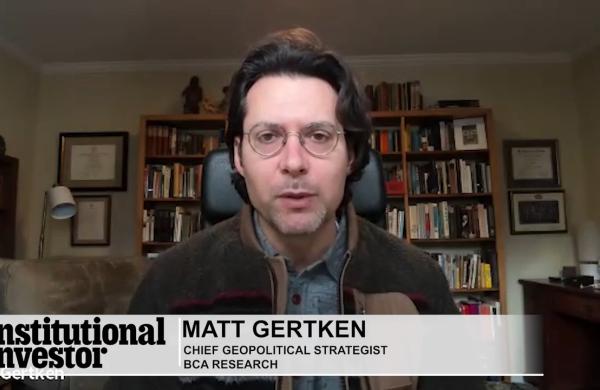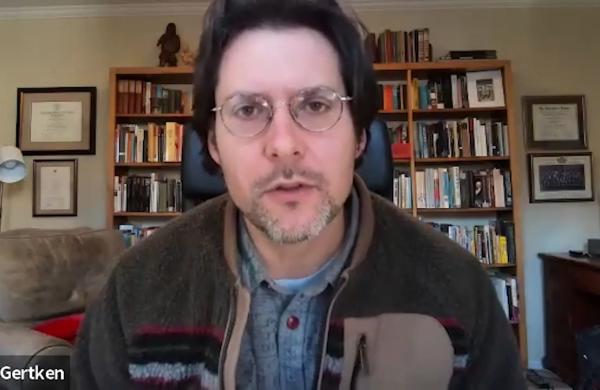"When you're in the business of taking risk, that risk is going to come home to roost occasionally," says Mark Schmidt, associate director of supervision at Federal Deposit Insurance Corp.
Sure enough, there have been a few too many chickens strolling into the henhouse of late. Stung by dramatic loan draw-downs by troubled corporations, banks have tightened their purse strings, but the degree to which unused loan commitments pose a risk to banks' earnings remains to be seen. "I think we're in the fifth or sixth inning," says Mike Mayo, Prudential Securities' senior bank analyst, who has been beating the drum on these off-balance-sheet liabilities since before Enron Corp. drew down more than $3 billion in credit lines last October just weeks before filing for Chapter 11 protection.
Mayo's complaint is this: Bank investors aren't being given the full picture on the potential impact of a corporate collapse until after banks disclose they've taken provisions. In his latest roundup of bank exposures -- which covers facilities of more than one year in maturity as well as letters of credit -- the total commitments for all banks continues to increase. Citigroup's commitments are inching up, while Bank of America Corp. and Bank One Corp. are scaling back sharply (see table). Unused loan commitments at banks climbed to a staggering $5.2 trillion at year-end 2001, compared with $4.7 trillion a year earlier. In 1991 they totaled $1.4 trillion.
Some of the overhang represents backstops to commercial paper. In the past these would rarely, if ever, be needed. So it became an inexpensive way for large commercial banks to accommodate potentially lucrative investment banking clients. But as boom turned to bust, the hardest-hit companies began to draw down their lines.
That's not to say that any banks face imminent danger. But some of them have in store unpleasant earnings surprises from older lines that were booked before bank credit committees started tightening up.
The headline-grabbing impact of prob- lems at Enron, Xerox Corp., Lucent Technologies and, more recently, Tyco International may create another dynamic, Mayo warns. Smaller players could decline to participate in large syndications, leaving larger banks holding more of the commitment. There are signs that this is already starting to happen, according to Chris Donnelly a director at Standard & Poor's PMD, a unit of the rating agency that tracks syndicated loans. He says that fewer banks are committing to deals and that those banks still in the market are generally offering less credit and shortening maturities, particularly in the higher-risk triple-B corporate market.
Fittingly, the energy sector provides a good example of how the banks are tightening up loan covenants. Tulsa,
Oklahomabased Williams Cos. is trying to renew a 364-day revolving credit facility, but the new line will be for $1.8 billion, down from the $2.2 billion of the maturing facility. PMD's Donnelly says the covenants are more favorable for the banks because the makeup of the debt-to-capitalization ratio ranges beyond the traditional debt items, such as bonds, to include instruments not usually considered in covenants, such as synthetic leases. "Banks are taking a more expansive view of a company's debt load," he says.
For their part, regulators say they've been more aggressive in assessing the adequacy of reserves. FDIC's Schmidt says examiners look at undrawn commitments in the same way they look at the risk in on-balance-sheet exposures. He gives the banks generally solid marks in managing these risks. Of banks being caught in drawdowns by troubled companies, he notes, "It is not something that happens all that often because banks have been reasonably successful in managing off-balance-sheet risks."
To be sure, Mayo recognizes the banks' approach is changing, but he still argues that they need to get more detailed in how they disclose risks in undrawn credits. With the economy beginning to recover, the potential for problems is fading a bit. But they surely haven't gone away.
A contingent problem
The flood of low-cost bank credit lines keeps rising, from $1.4 trillion in 1991 to $5.2 trillion in 2001. These unused commitments of a year or more stay off bank balance sheets, so investors don't know banks' exposure until companies, like Enron Corp. and Tyco International, draw down lines.
| Bank | 4thQtr'01 | 2ndQtr'01($ billions) | 4thQtr'00 |
| Citigroup | $185.30 | $171.8* | $166.10 |
| J.P. Morgan Chase & Co. | 130.8 | 142.6 | 137.3 |
| Bank of America Corp. | 107.5 | 163.1 | 172.9 |
| Wachovia Corp.** | 89.5 | 61.8 | 87 |
| Bank One Corp. | 82.5 | 88.4 | 92.9 |
| All banks | 5,200.00 | 5,000.00 | 4,700.00 |
**Wachovia data restated to account for acquisitions.
Source: SNL Securities, Prudential Securities.





